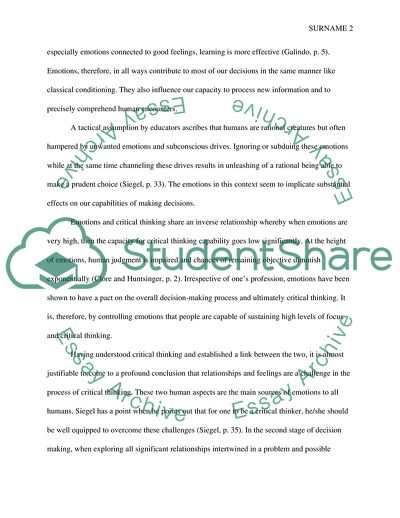Cite this document
(Emotions and Critical Thinking Case Study Example | Topics and Well Written Essays - 1750 words - 1, n.d.)
Emotions and Critical Thinking Case Study Example | Topics and Well Written Essays - 1750 words - 1. https://studentshare.org/psychology/1840199-critical-thinking
Emotions and Critical Thinking Case Study Example | Topics and Well Written Essays - 1750 words - 1. https://studentshare.org/psychology/1840199-critical-thinking
(Emotions and Critical Thinking Case Study Example | Topics and Well Written Essays - 1750 Words - 1)
Emotions and Critical Thinking Case Study Example | Topics and Well Written Essays - 1750 Words - 1. https://studentshare.org/psychology/1840199-critical-thinking.
Emotions and Critical Thinking Case Study Example | Topics and Well Written Essays - 1750 Words - 1. https://studentshare.org/psychology/1840199-critical-thinking.
“Emotions and Critical Thinking Case Study Example | Topics and Well Written Essays - 1750 Words - 1”. https://studentshare.org/psychology/1840199-critical-thinking.


